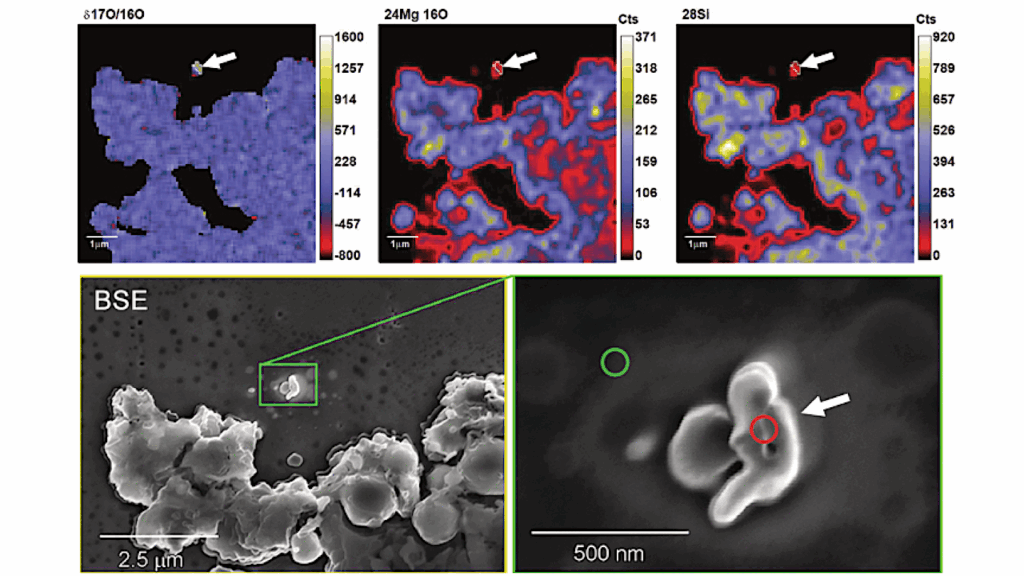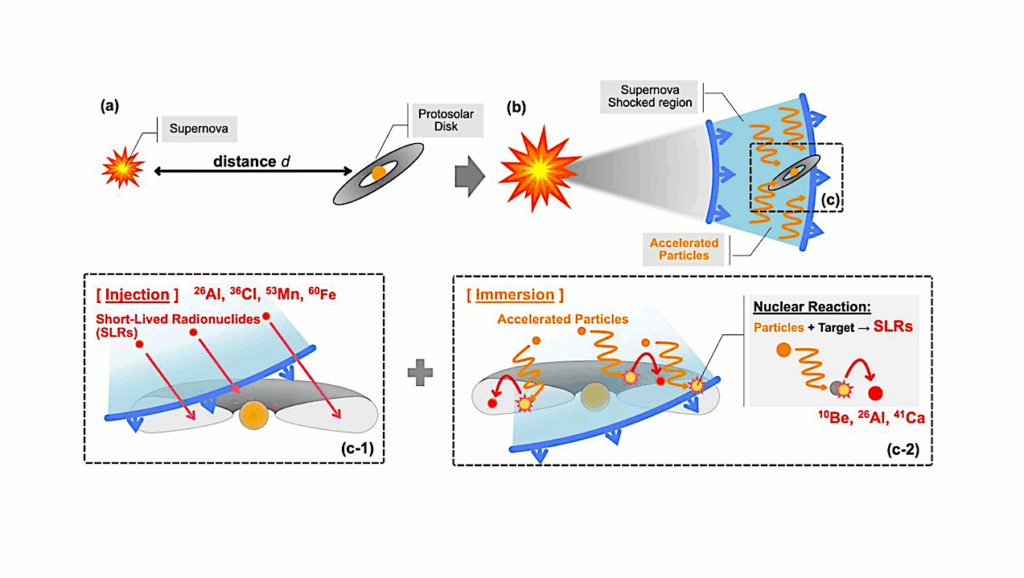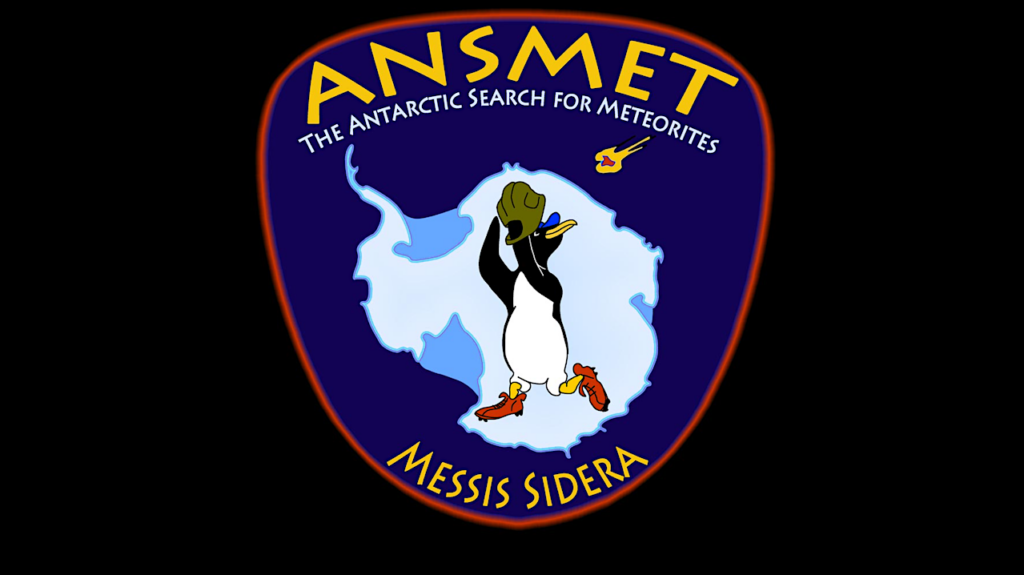Potassium Isotope Compositions of Carbonaceous and Ordinary Chondrites

Solar system materials are variably depleted in moderately volatile elements (MVEs) relative to the proto-solar composition.
To address the origin of this MVE depletion, we conducted a systematic study of high-precision K isotopic composition on 16 carbonaceous chondrites (CCs) of types CM1-2, CO3, CV3, CR2, CK4-5 and CH3 and 28 ordinary chondrites (OCs) covering petrological types 3 to 6 and chemical groups H, L, and LL. We observed significant overall K isotope (delta41K) variations (-1.54 to 0.70 permil). The K isotope compositions of CCs are largely higher than the Bulk Silicate Earth (BSE) value, whereas OCs show typically lower values than BSE. Neither CCs nor OCs show resolvable correlations between K isotopes and chemical groups, petrological types, shock levels, exposure ages, fall or find occurrence, or terrestrial weathering. The lack of a clear trend between K isotopes and K content indicates that the K isotope fractionations were decoupled from the relative elemental K depletions.
The range of K isotope variations in the CCs is consistent with a four-component (chondrule, refractory inclusion, matrix and water) mixing model that is able to explain the bulk elemental and isotopic compositions of the main CC groups, but requires a fractionation in K isotopic compositions in chondrules. We propose that the major control of the isotopic compositions of group averages is condensation or vaporization in nebular environments that is preserved in the compositional variation of chondrules. Parent-body processes (aqueous alteration, thermal metamorphism, and metasomatism) can mobilize K and affect the K isotopes in individual samples. In the case of the OCs, the full range of K isotopic variations can only be explained by the combined effects of the size and relative abundances of chondrules, parent-body aqueous and thermal alteration.
Potassium Isotope Compositions of Carbonaceous and Ordinary Chondrites: Implications on the Origin of Volatile Depletion in the Early Solar System
Hannah Bloom, Katharina Lodders, Heng Chen, Chen Zhao, Zhen Tian, Piers Koefoed, Maria K. Peto, Yun Jiang, Kun Wang
(Submitted on 23 Mar 2020)
Comments: 71 pages, 2 tables, 9 figures
Subjects: Earth and Planetary Astrophysics (astro-ph.EP)
DOI: 10.1016/j.gca.2020.03.018
Cite as: arXiv:2003.10545 [astro-ph.EP] (or arXiv:2003.10545v1 [astro-ph.EP] for this version)
Submission history
From: Maria Pető
[v1] Mon, 23 Mar 2020 20:58:03 UTC (2,178 KB)
https://arxiv.org/abs/2003.10545
Astrobiology, Astrochemistry








